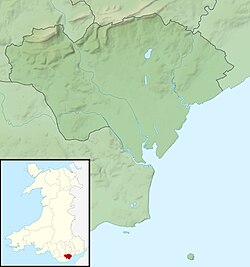| Shah Jalal Mosque | |
|---|---|
 | |
| Religion | |
| Affiliation | Islam |
| Location | |
| Geographic coordinates | 51°29′35″N3°10′25″W / 51.4931°N 3.1736°W |
| Architecture | |
| Architect(s) | J. H. Phillips |
| Completed | 1899 |
| Capacity | 600 worshipers |
The Shah Jalal Mosque, officially the Shah Jalal Mosque & Islamic Cultural Centre is a listed place of worship in Cardiff, Wales. Originally built for Methodist Christians, it ceased as a church in the 1980s and is now a mosque. It is affiliated to Bangladeshi Sufi Fultoli movement. [1]
